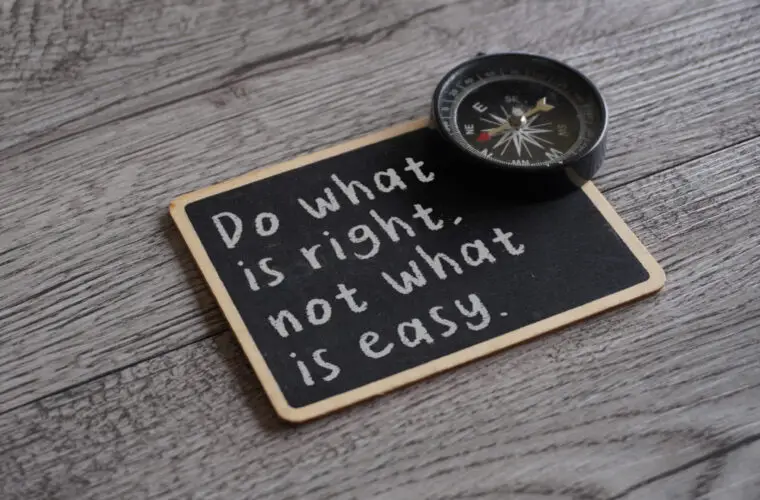He could not pinpoint the exact day when the transition started, but there was a moment that stood out, a quiet instant of truth that refused to be ignored. For years he had lived with a tightening in his chest every time he walked through the front door, a subtle clenching that had become so familiar he almost stopped noticing it. One evening, after yet another argument about something insignificant, he heard himself think, with unsettling clarity, that if he continued like this he would lose himself entirely. It was the first time he allowed that thought to be real.
As he began sitting with that truth, he started to see the cost of staying in a different light. For decades he had walked on eggshells, silenced his own needs, and lived with a constant background tension that shaped his mood, his health, and even his relationship with his children. His sleep was broken, his self-confidence had slowly eroded, and the version of himself he showed the world no longer matched how he felt inside. Yet the idea of leaving was terrifying. Transitioning out of the marriage weighed heavily, considering finances, shared history, the fear of destabilizing the children, and the logistics of starting over in midlife—they all weighed on him. But when he imagined another decade unfolding exactly like the last, the emotional cost felt heavier than any practical consequence, he realized it was time for a change.
His inner world became a tangle of conflicting emotions. He still cared about her in a complicated way. He felt guilty for wanting to leave, guilty for wanting peace. The transition was not going to be easy; he wondered whether he should try harder, even though he had been trying for years. Part of him hoped she might change, or that they could somehow rediscover what once held them together. Another part felt responsible for keeping the family intact. Beneath all of that was a quieter grief he hadn’t dared acknowledge, a grief for the man he had been slowly abandoning in order to survive inside the relationship.
It was during this period that his training as a coach became unexpectedly transformative. What began as professional development turned into a mirror he could no longer look away from. Through the fundamentals of awareness, emotional regulation, purpose clarity, and values exploration, he learned to pause long enough to hear himself. Coaching tools that he had originally learned to support others suddenly revealed his own blind spots.
He began noticing patterns he had normalized for years, a fascinating transition of self-awareness.
He learned to ask himself the same powerful questions he asked his clients.
He learned to name emotions he had been pushing down.
He learned to separate guilt from responsibility, fear from intuition.
The training did not tell him what decision to make. It helped him develop the inner capacity to face the truth with honesty instead of avoidance.
This growing clarity triggered a deeper identity shift. For most of his adult life he had defined himself as the provider, the fixer, the one who absorbs, endures, and pushes through. Transition was inevitable; now he was forced to ask a harder question: who was he when he was no longer holding the marriage together at the cost of himself. As he explored his values through coaching frameworks, he realized that integrity, emotional safety, and grounded presence mattered more to him than endurance. He began reclaiming parts of himself that had been suppressed under years of emotional strain. He wanted to be a father who was truly present, not a man physically at home but emotionally drained and distant.
External expectations had kept him locked in the relationship far longer than he liked to admit. He had internalized the belief that “real men stay no matter what.” Friends told him marriage takes work. Family said he had to put the children first. He feared judgment, failure, and how others would perceive him. But coaching helped him differentiate between external pressures and his inner truth. He realized that the people commenting on his life were not living inside the emotional atmosphere of his home. Their expectations were not the ones paying the daily price. Through this transition of belief, he found new empowerment.
The turning point came through his children. He had always believed staying was best for them. But the more self-work he did, the more he saw what he had been avoiding: the tension and emotional volatility had already shaped them. They were absorbing a model of love he did not want to pass on. When his daughter asked him if he was okay, he felt the weight of all the moments she must have noticed, all the quiet ways his spirit had dimmed. That was when he understood that leaving was not failing his children. It was modeling truth, boundaries, and emotional responsibility. In this way, transition also meant growth and learning.
Even after deciding to separate, the fears lingered. He worried about finances, retirement, living alone, and whether his children would blame him. He wondered how he would rebuild his life after decades of shared decisions and routines. Yet through his coaching training he had learned to sit with discomfort rather than react to it, to trust the deeper knowing beneath temporary fear. Slowly he began to rebuild his sense of self trust.
As the separation unfolded, a new sense of direction began to take shape. He noticed moments of ease that had been absent for years. He rediscovered hobbies, reached out to people he had lost touch with, and met new people and even his new love and life partner. He reconnected with parts of himself he had forgotten existed. He felt the emergence of a life built not from obligation but from intention. Transitioning into this new life, his purpose began to shift toward creating stability and emotional clarity for himself and his children.
What started as a quiet moment of truth became a complete reorientation of his life. The decision to end the marriage was not an act of escape but an act of alignment. His coaching journey helped him face the truth without collapsing into fear, helped him see himself with honesty, and helped him choose a future rooted in authenticity rather than endurance. With each transition, he found a new layer of strength.
This was not the end of something. It was the beginning of reclaiming himself and stepping forward with clarity, confidence, and purpose.
Learn more about the man behind this story.




